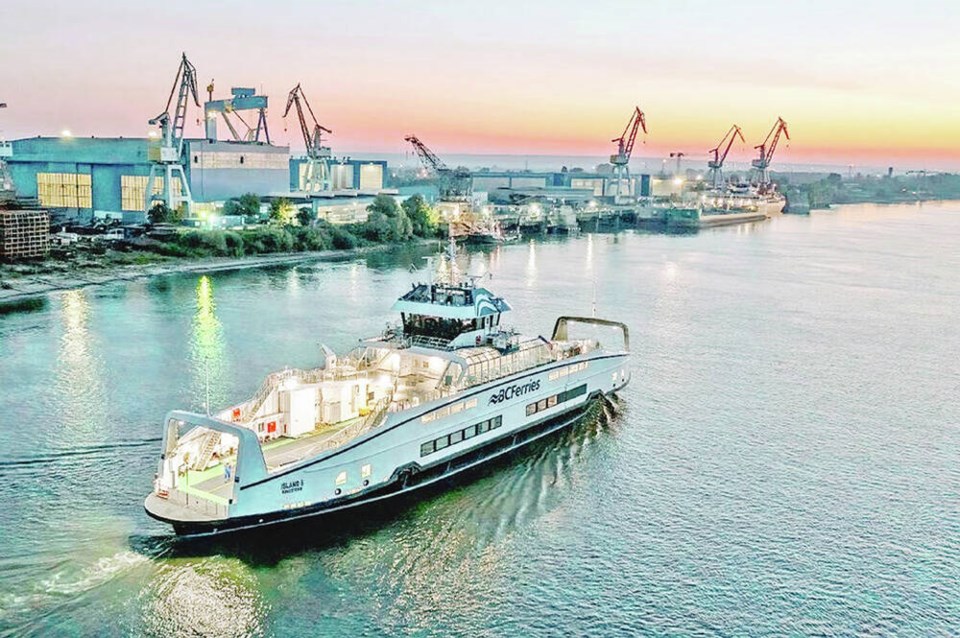Putting people first to reshape B.C. Ferries
Re: “B.C. Ferries needs to find a new way of thinking,” commentary, Dec. 26.
The writer’s experience with B.C. Ferries shines through when he advocates for the company to understand and embrace what our passengers expect.
He would be encouraged to know that we’re already doing exactly that with our Charting the Course initiative.
B.C. Ferries is a public service. People up and down the coast need us to be reliable and predictable, and we have work to do to improve that relationship.
Following broad public engagement, Charting the Course will provide a vision for the future of the coastal ferry system and guide how we will make decisions in both the short- and long-term.
As the writer also references, doing this means not just having the right vessels, but enough of them. We need more capacity as well as resiliency across our fleet to let us recover when the inevitable mechanical issues happen.
But that’s changing — as part of our effort to reduce the number of vessel classes, we’ve just been approved to move ahead with adding four new hybrid electric Island Class vessels, bringing our total to 10 by 2027.
By building more ships of the same class, we’ll have more flexibility in how we can move them across routes and keep people moving.
We also have work to do with our own people. In the last year, we’ve implemented a number of significant measures to modernize our crewing model.
We also agree we need to pay our people more, and we’re working to do just that. It’ll have the added benefit of helping us continue attracting the mariners we need to combat the labour shortages the industry is facing more broadly.
We need to reshape how we do business. That means putting people — our passengers and our staff — first and delivering the experiences and the consistency they expect.
Nicolas Jimenez
President and CEO
B.C. Ferries
What happened to all those new doctors?
When Health Minister Adrian Dix comes out and brags that 666 new medical graduate doctors are working in the province, you wonder where they are.
The Shelbourne clinic is closing its doors because it can’t seem to find any doctors. Port Hardy and Port McNeill are in desperate need of doctors as they have to continue to close their emergency wards at nights and on weekends.
The Saanich Peninsula Hospital is looking for four or five physicians. Also, where are all of these 578 new nurses being employed?
It begs the question: Did most of these new doctors and nurses get posted to positions on the Mainland? The other question that arises, is how did all these new recruits find accommodation in our very volatile housing and rental market?
There are still many people here on the Island without a family doctor. Folks right here in Duncan.
Dave Lloyd
Duncan
Short-term rental moves won’t cut costs
Licensing fees and hotel taxes collected from short-term rental units have helped build much needed affordable housing.
Bringing these short-term term units into long-term housing will do nothing for affordability. It will just add to the many pricey rentals already on the market.
This is important information that Victoria and the province do not want to talk about.
Perhaps when tourism is affected and the powerful hotel lobby admits it, something will change.
Judy Lightwater
Victoria
SEND US YOUR LETTERS
• Email: [email protected]
• Mail: Letters to the editor, Times 91‘≠¥¥, 201-655 Tyee Rd., Victoria, B.C. V9A 6X5
• Aim for no more than 250 words; subject to editing for length and clarity. Provide your contact information; it will not be published.



